Part 3 of 3 Parts (Please read Part 1 and 2 first)
There were no accommodations for workers to stay overnight at the Chernobyl plant so they set up a temporary dormitory. Some workers are sleeping on camp beds and tables, others are sleeping on the floor. In order to get some downtime, the workers have arranged shifts so that one group can work while the other group sleeps.
The families of the workers trapped at Chernobyl say that this is a difficult time. Mayor Romichev said “Some of the workers require medication which is limited at the plant, and that adds extra worries for the relatives. We have to tell them that there is currently no safe way of getting the workers out of there.”
Workers trapped at the Chernobyl plant are feeing the physical and psychological effects being forced to work and live for over a week at a decommissioned nuclear power plant. There are fears that such stress could be impacting their ability to safely and competently carry out their duties. Mayor Fomichev said, “Under these conditions, the workers’ concentration gets worse and worse, and that is a threat to safety. It may not be a working power plant, but it still requires a lot of attention to make sure all systems are working normally.”
Rafael Grossi is the director general of the International Atomic Energy Agency. He has repeatedly pointed out the need for the workers at Chernobyl to be able to rest in order to carry out their jobs safely. He said in an interview that he had conveyed that message to the Russians. Nuclear experts say that because Chernobyl is not function nuclear power plant, there is limited danger to public health.
James Smith is a professor of environmental science at the university of Portsmouth. He has been researching Chernobyl for many years and has visited the site many times. He said, “The last reactor shut down in the year 2000, so the spent nuclear fuel… is not significantly heat-generating anymore.” He went on to explain that this makes it extremely unlikely that a major release of radioactivity could happen. However, radiation levels did spike in the area when the plant was seized because of dust stirred up by the movement of heavy military vehicles.
While the risk of a major nuclear catastrophe may be low, the emotional cost to the workers trapped at the plant and their families is high. Relatives of one of the workers at the plant said, “All the staff are super exhausted and desperate. They doubt that anyone cares about them. Right now they don’t see anyone doing anything to rescue them.” In an interview with the BBC, she appealed to the IAEA to intervene so the current batch of workers could leave, and a fresh crew take over.
Grossi said that he had made contact with both the Ukrainian and Russia authorities in an attempt to improve safety at Chernobyl and Ukraine’s operating nuclear power plants where experts say that the consequences of open conflict could be more serious. Nothing definite has been arranged.
Blog
-
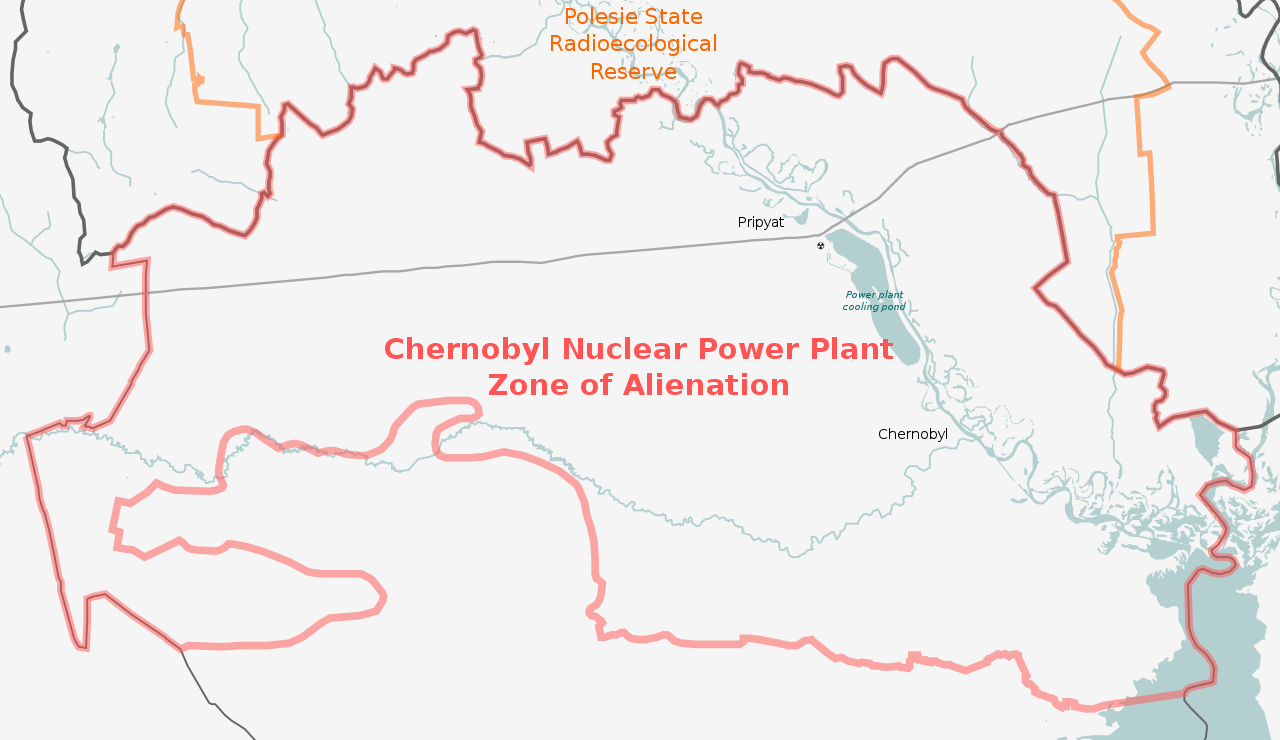
Radioactive Waste 845 – Russian Troops Take The Chernobyl Nuclear Power Plant In Ukraine – Part 3 of 3 Parts
-
Nuclear News Roundup Mar 04, 2022
Ukraine says nuclear plants ‘operating normally’ world-nuclear-news.org
There’s a 10% chance of a nuclear apocalypse in the next year, one research firm says seekingalpha.com
Russia’s nuclear threats over Ukraine are keeping StratCom busy news-journal.com
Belgian Greens Make U-Turn to Consider Nuclear Plants Extension usnew.com
-
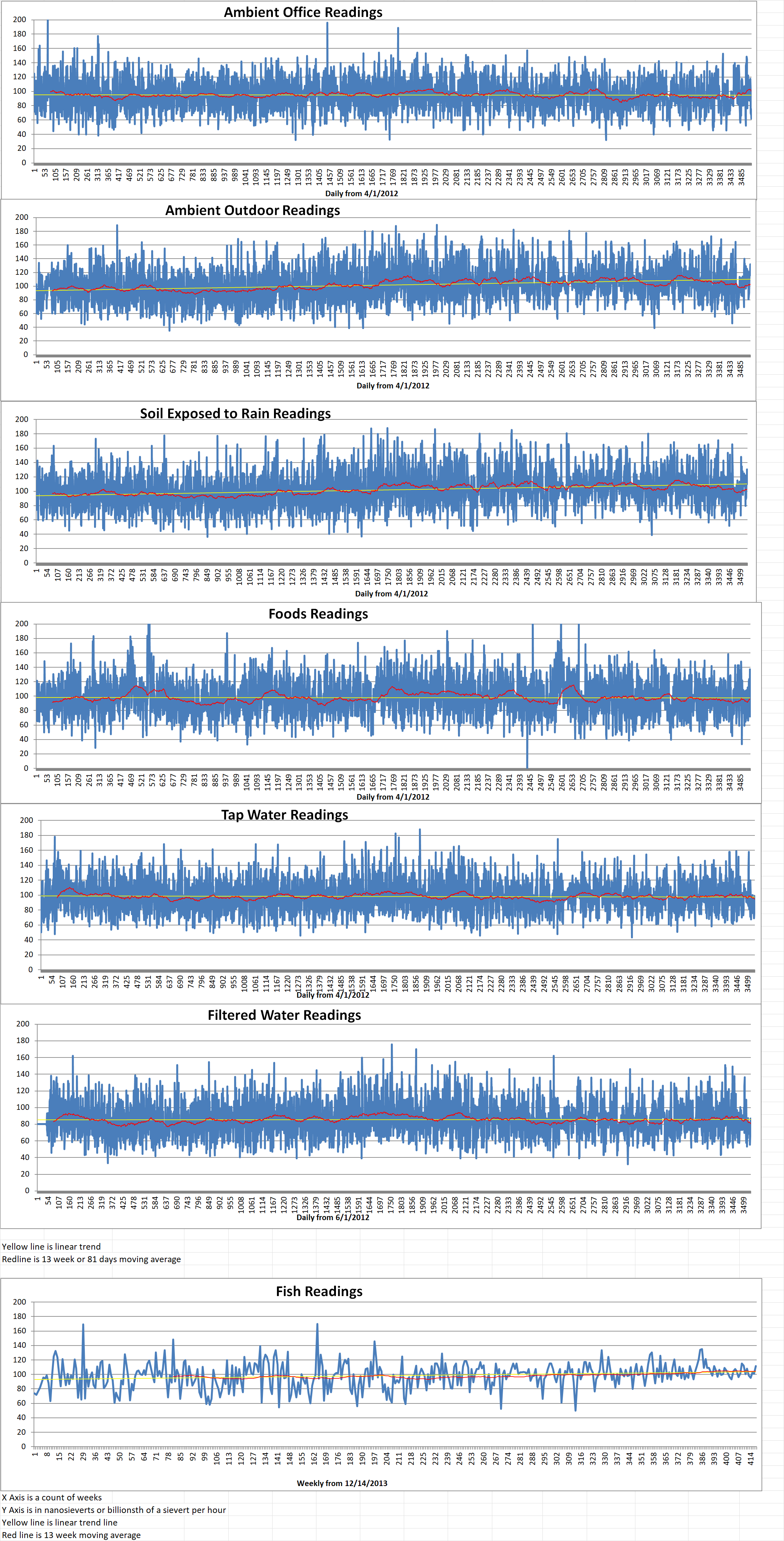
Geiger Readings for Mar 04, 2022
Ambient office = 62 nanosieverts per hour
Ambient outside = 123 nanosieverts per hour
Soil exposed to rain water = 119 nanosieverts per hour
English cucumbers from Central Market = 103 nanosieverts per hour
Tap water = 99 nanosieverts per hour
Filter water = 87 nanosieverts per hour
-
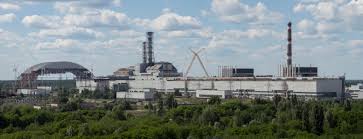
Radioactive Waste 844 – Russian Troops Take The Chernobyl Nuclear Power Plant In Ukraine – Part 2 of 3 Parts
Part 2 of 3 Parts (Please read Part 1 first)
Some observers have claimed that Russia wanted to gain control of the Chernobyl substation which is still functioning. It provides energy to Belarus and parts of western Russia. Shane Partlow used to work at the U.S. embassy in Kyiv. He agreed that this could be the reason that the Russians wanted to take Chernobyl because the substation was “critical to electrical supply in the region, including Belarus and Russia”.
For the past week, over one hundred workers at the Chernobyl nuclear power plant have been stuck at the plant because they were not allowed to leave after the Russians took over. They were at the closed power plant to work on decommissioning. Another two hundred Ukrainian guards in charge of security at the plant also remain trapped. The workers continue to carry out their duties and the atmosphere is calm but the BBC was told that the conditions inside are difficult and food and water are limited. There are also growing concerns that the stress that the workers are subjected to could impact their ability to safely carry out their duties at the nuclear site.
Russian troops and heavy military vehicles are now stationed inside the twenty-mile Chernobyl exclusion zone and they have surrounded the perimeter of the plant. Russia has announced that it has secured the site jointly with the Ukrainian national guard. However, Ukrainian officials deny this claim and say that Russian troops have full control of the site.
A relative of one of the Chernobyl workers said that the Russians controlling the plant told the workers that they were welcome to swap shifts with other workers currently at their homes. This meant that the Russians would allow some of the workers to leave. However the Russians also said that they could not guarantee the safety of workers traveling back and forth from and to the plant.
Although Chernobyl was never fully abandoned, it still requires constant maintenance. It continued to operate for several years before the surviving three reactors were shut down in 2000. Before the Russian invasion, about two thousand four hundred people still worked at the site including scientists, technicians, cooks, medics, other support staff and members of the national guard. Normally, people working at the plant had commuted to and from the nearby village of Slavutych which was constructed after the 1986 accident.
However, now the workers who were there when the Russians invaded are being forced to live at the plant. Yuri Formichev is the Mayor of Slavutych. He said, “The situation is complicated and tense. It is difficult for them morally, psychologically and physically.” The workers do have some food onsite but they don’t know how long they will be there, so they are only eating one meal a day, mainly bread and porridge. On last Sunday, the Russian personnel offered a delivery of food, but the works refused to accept it because they said it was a publicity stunt.
Please read Part 3 next -

Geiger Readings for Mar 03, 2022
Ambient office = 75 nanosieverts per hour
Ambient outside = 132 nanosieverts per hour
Soil exposed to rain water = 1300 nanosieverts per hour
English cucumbers from Central Market = 72 nanosieverts per hour
Tap water = 84 nanosieverts per hour
Filter water = 74 nanosieverts per hour
-
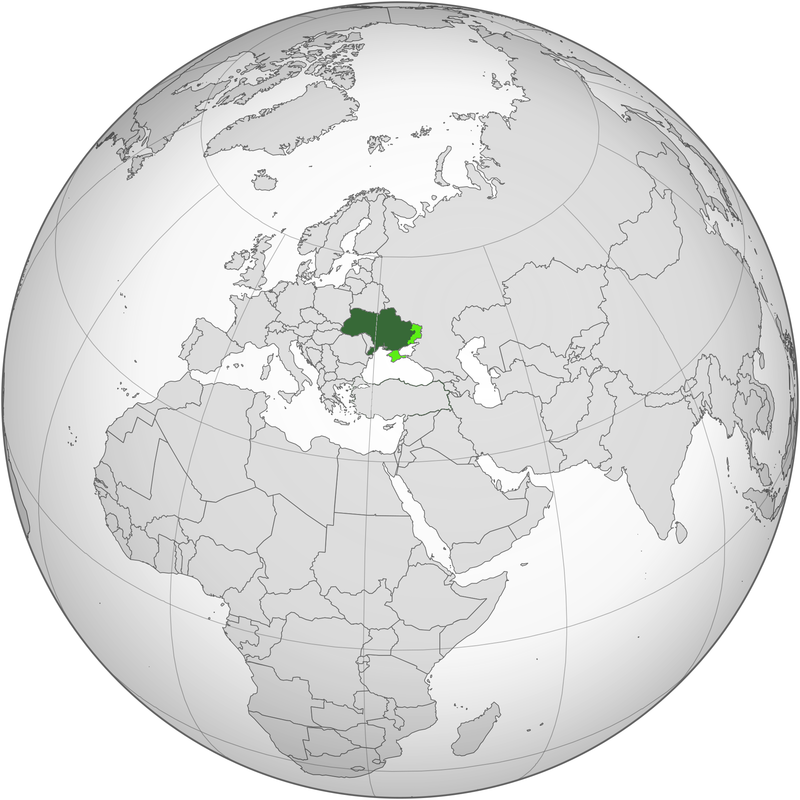
Radioactive Waste 843 – Russian Troops Take The Chernobyl Nuclear Power Plant In Ukraine – Part 1 of 3 Parts
Part 1 of 3 Parts
Chernobyl was a nuclear power plant in north Ukraine near the border with Belarus constructed when Ukraine was part of the Soviet Union. In April of 1986 during a safety test on the steam turbine for Reactor 4, the power level suddenly dropped, and the reactor became unstable. The operators continued the test and then shut down the reactor. Due to a combination of operator incompetence and critical design flaws, instead of shutting down properly, the reactor went into an uncontrolled nuclear chain reaction and exploded. The core melted down and more explosions followed. For nine days, a huge amount of airborne radioactive contamination was released onto nearby Soviet states and Western Europe.
The Chernobyl Exclusion Zone (CEZ) was created around the plant with a diameter of about 20 miles and a total area around one thousand square miles. Approximately one hundred and twenty thousand people were evacuated. Dangerous levels of radiation still remain around Chernobyl in the CEZ.
A week ago at the start of their invasion, Russian troops engaged Ukrainian troop at Chernobyl. After a brief, intense battle, the Russians routed the Ukrainian forces and took control of Chernobyl. Many people wondered why the Russians were so eager to take control of the shuttered and contaminated nuclear power plant.
Tracy German is a professor of conflict and security at the King’s Russia Institute. She said, “It lies on a direct route from Belarus down to Kyiv and would therefore be passed by Russian forces invading from the north. If it wasn’t in this location, I don’t think Russian forces would be looking to secure it.”
Juliette Kayyem is a CNN analyst and national security expert. She tweeted, “Chernobyl is the shortest route from Russia to Kyiv. The facility is not the goal.”
Other analysts pointed out that Chernobyl sits on the western side of the Pripyat River which merges with the Dnieper River just north of Kyiv. This makes the site strategically important for the western flank of the Russian troops if they eventually surround Kyiv.
Dr. Ross Peel is a researcher at the Department of War Studies at King’s College in London. He said “I’d suggest the main motivation is they want to get the site secured. It’s not generating power at all and has no value that I can think of – I think the main motivation is they want to keep it safe from anything that might breach it. Prolonged fighting in the area only creates danger of the containment being breached and radiation escaping, so they want to prevent anything happening to it.”
However, Ukrainian experts at the state nuclear agency said that they were recording increased radiation levels from the site of the Chernobyl plant. They said that the increased radiation was due to the movement of heavy military equipment in the area stirring up radioactive dust. The Ukrainian interior minister said, “It is not critical for Kyiv for the time being, but we are monitoring.”
Please read Part 2 next -
Nuclear News Roundup Mar 02, 2022
Ukraine official says Russian troops approaching Zaporizhzhia nuclear plant reuters.com
Moscow threatens to axe diplomatic ties, nuclear pact over Ukraine war sanctions cbc.ca
Bechtel, Westinghouse, and GE Steam Power to consider nuclear projects in Poland neimagazine.com
Russia-Ukraine War: Russia’s UN Envoy Says No Plans to Occupy Ukraine; Kyiv Demands Russian Withdrawal as Talks End news18.com
-
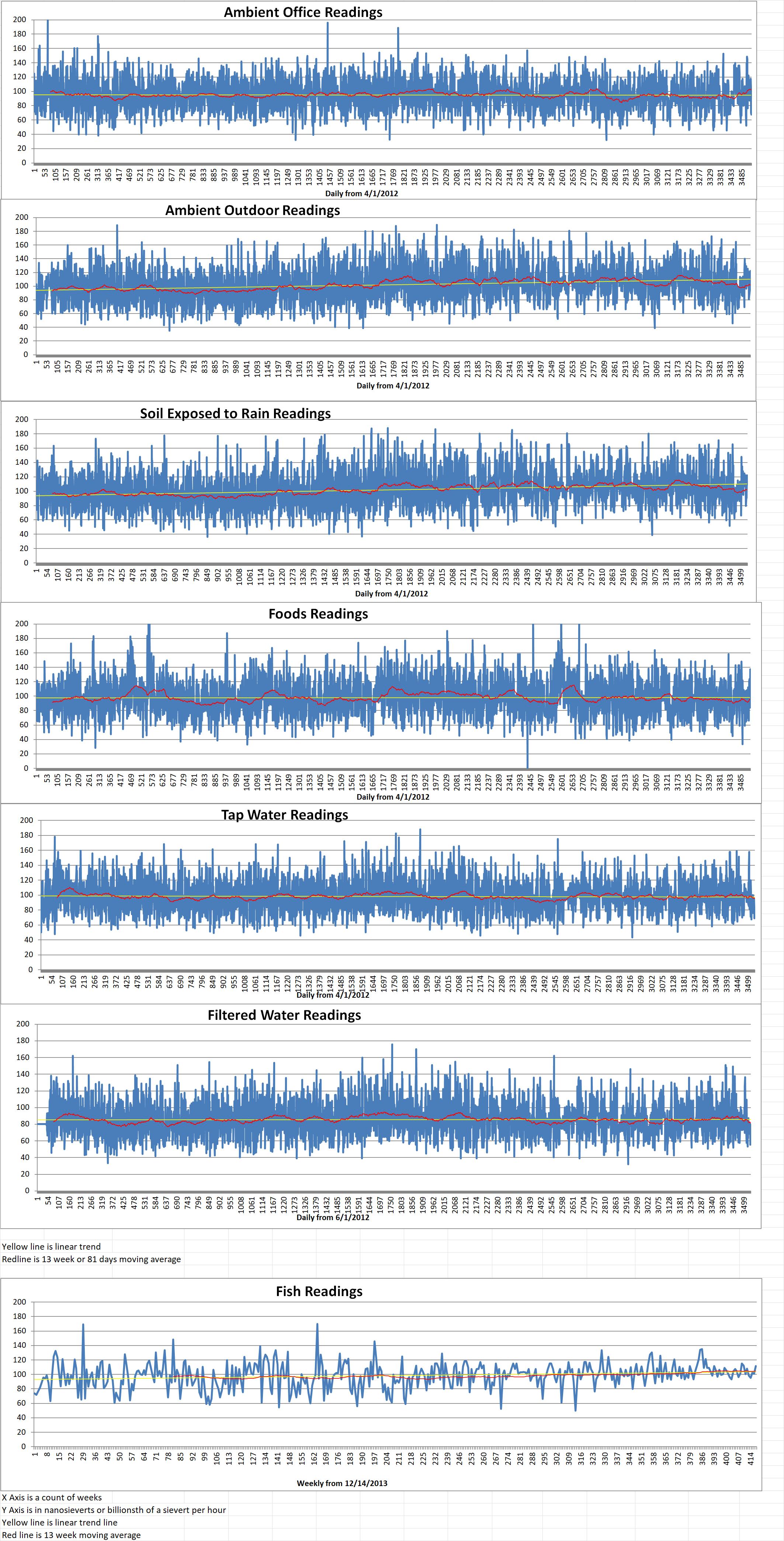
Geiger Readings for Mar 02, 2022
Ambient office = 67 nanosieverts per hour
Ambient outside = 116 nanosieverts per hour
Soil exposed to rain water = 110 nanosieverts per hour
English cucumbers from Central Market = 137 nanosieverts per hour
Tap water = 84 nanosieverts per hour
Filter water = 79 nanosieverts per hour
-
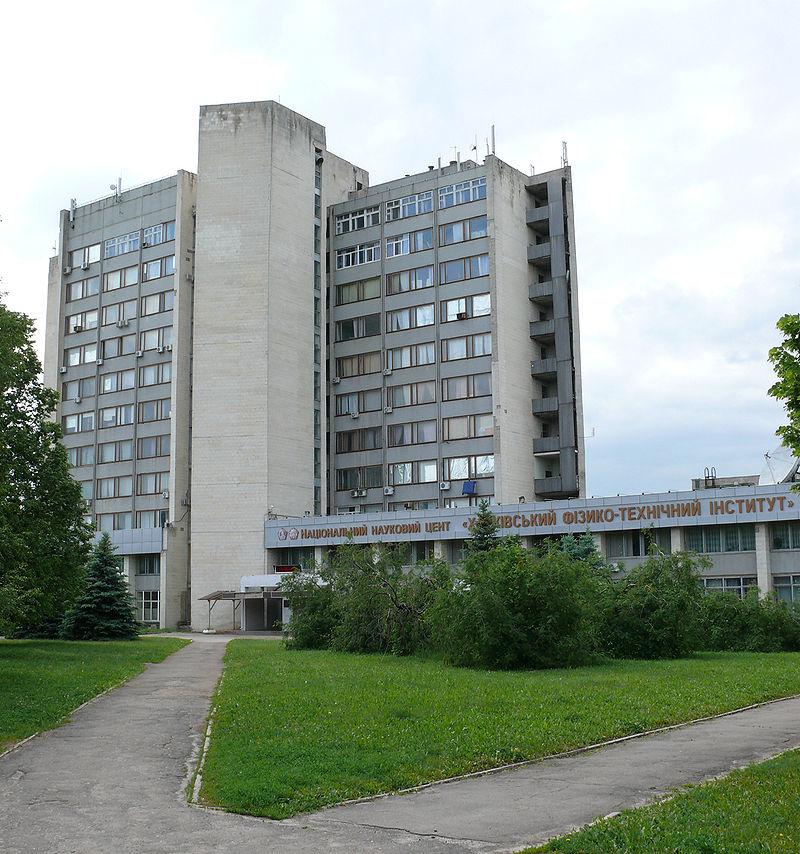
Nuclear Reactors 1008 – Russia Attacks Kharkiv Institute of Physics and Technology in Ukraine
The Kharkiv Institute of Physics and Technology (KIPT) in eastern Ukraine hosts a research facility with a nuclear neutron source. Last Sunday, the facility as attacked by Russian troops. Sunday evening, Ukraine referred to the Russian attack as “nuclear terrorism”. Their report listed details of the damage which included a substation which connects the plant to the electrical grid, cables within the facilities cooling system which prevents the plant from melting down, a heating line between structures in the facility, surface damages to the building that houses the structure, and windows across a number of buildings within the installation. The report said, “This list of damages is not complete so far. Currently, information on the consequences of the damages is being specified by the personnel.”
The Security Service of Ukraine’s Kharkiv branch said that the destruction of the facility could lead to “environmental disaster.” The Russian state-owned news agency TASS reported on Sunday that the attacks were brought on by Ukraine but that has been disproven.
The nuclear reactor at the facility, known as the NSA “Neutron Source”, was constructed with support from the Illinois-based Argonne National Laboratory in service of an agreement signed between the U.S. and Ukraine at the 2010 Nuclear Security Summit in Washington, D.C. The U.S. invested seventy-three million dollars in the project, which promised that the KIPT would be “given the opportunity to build state-of-the-art technology in nuclear research that will contribute to ‘solving problems of nuclear power industry and extending technical lifetime of nuclear power plants.’”
The Russian attack on the KIPT triggered global alarm. Mark Hibbs is a German-based senior fellow in the Carnegie Endowment for International Peace’s nuclear policy program. He assured an interviewer that even if the facility had been totally destroyed instead of just damaged, the risk to public health would have been minimal.
The facility is very small and only contains a few grams of uranium. It was not designed for power generation. Instead, it produces isotopes for nuclear therapy and medical procedures. It is also used for the training of personnel entering the Ukrainian nuclear industry. The facility had not even started up yet. It was scheduled to go operational this April. It was defueled in anticipation of attacks from Russia before Sunday’s strike.
Hibbs said, “It’s not a power reactor. Its destruction would have been a sad and tragic loss to the nuclear program in Ukraine, but it would not have posed a human health hazard.” Even so, the Russian attack represents a symbolic strike on the Ukrainian’s nuclear sector. Hibbs said, “It had a variety of nuclear energy applications. It was clearly a project that involved cooperation between Ukraine and the United States. To a certain extent, it might have been seen by attackers as a symbolic target. An attack on activities like this would be disturbing to scientists in Russia, who are involved in the same activities as in Ukraine.”
Jeff Merrifield is a former member of the U.S. Nuclear Regulatory Commission. He said that he viewed the series of attacks on Ukrainian nuclear infrastructure such as Chernobyl and Zaporizhzhia nuclear facilities as part of a wider attempt at eroding Ukraine’s energy security. Merrifield said, “Russians want to control these plants because they want to be able to shut off the power,” Merrifield said. “They want to be able to exert that level of control.”
